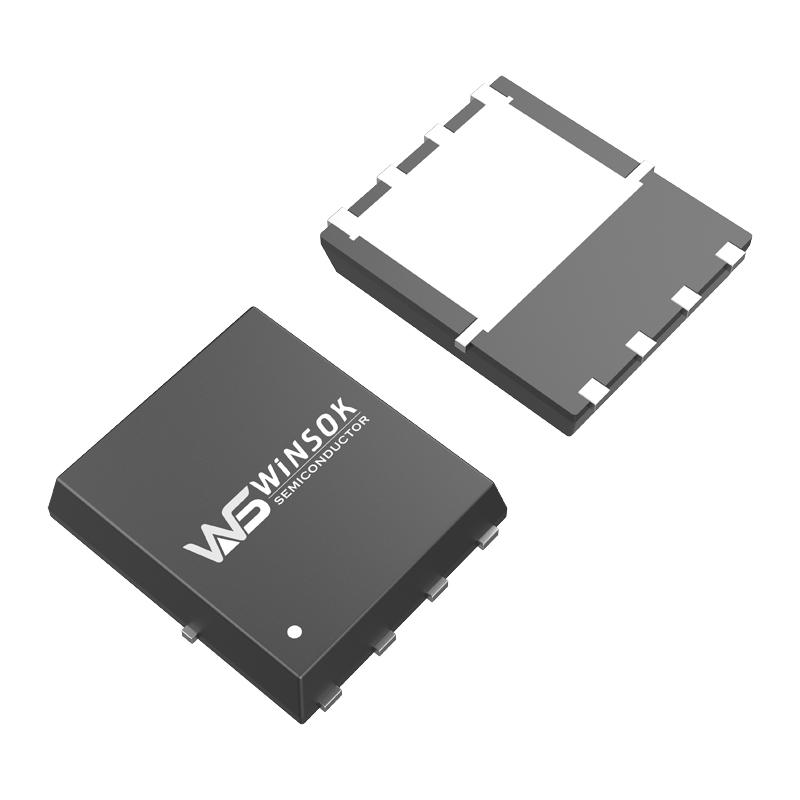Judging NMOSFETs and PMOSFETs can be done in several ways:

I. According to the direction of current flow
NMOSFET:When current flows from the source (S) to the drain (D), the MOSFET is an NMOSFET In an NMOSFET, the source and drain are n-type semiconductors and the gate is a p-type semiconductor. When the gate voltage is positive with respect to the source, an n-type conducting channel is formed on the surface of the semiconductor, allowing electrons to flow from the source to the drain.
PMOSFET:A MOSFET is a PMOSFET when current flows from the drain (D) to the source (S) In a PMOSFET, both the source and drain are p-type semiconductors and the gate is an n-type semiconductor. When the gate voltage is negative with respect to the source, a p-type conducting channel is formed on the surface of the semiconductor, allowing holes to flow from the source to the drain (note that in the conventional description we still say that the current goes from D to S, but it is actually the direction in which the holes move).
*** Translated with www.DeepL.com/Translator (free version) ***
II. According to the parasitic diode direction
NMOSFET:When the parasitic diode is pointing from source (S) to drain (D), it is an NMOSFET. parasitic diode is an intrinsic structure inside the MOSFET, and its direction can help us to determine the type of MOSFET.
PMOSFET:The parasitic diode is a PMOSFET when it points from drain (D) to source (S).
III. According to the relationship between control electrode voltage and electrical conductivity
NMOSFET:An NMOSFET conducts when the gate voltage is positive with respect to the source voltage. This is because a positive gate voltage creates n-type conducting channels on the semiconductor surface, allowing electrons to flow.
PMOSFET:A PMOSFET conducts when the gate voltage is negative with respect to the source voltage. A negative gate voltage creates a p-type conducting channel on the semiconductor surface, allowing holes to flow (or current to flow from D to S).
IV. Other auxiliary methods of judgement
View device markings:On some MOSFETs, there may be a marking or model number that identifies its type, and by consulting the relevant datasheet, you can confirm whether it is an NMOSFET or a PMOSFET.
Use of test instruments:Measuring the pin resistance of a MOSFET or its conduction at different voltages through test instruments such as multimeters can also assist in determining its type.
In summary, judgement of NMOSFETs and PMOSFETs can be carried out mainly through the current flow direction, parasitic diode direction, the relationship between the control electrode voltage and conductivity, as well as checking the device marking and the use of test instruments. In practical applications, the appropriate judgement method can be selected according to the specific situation.
























